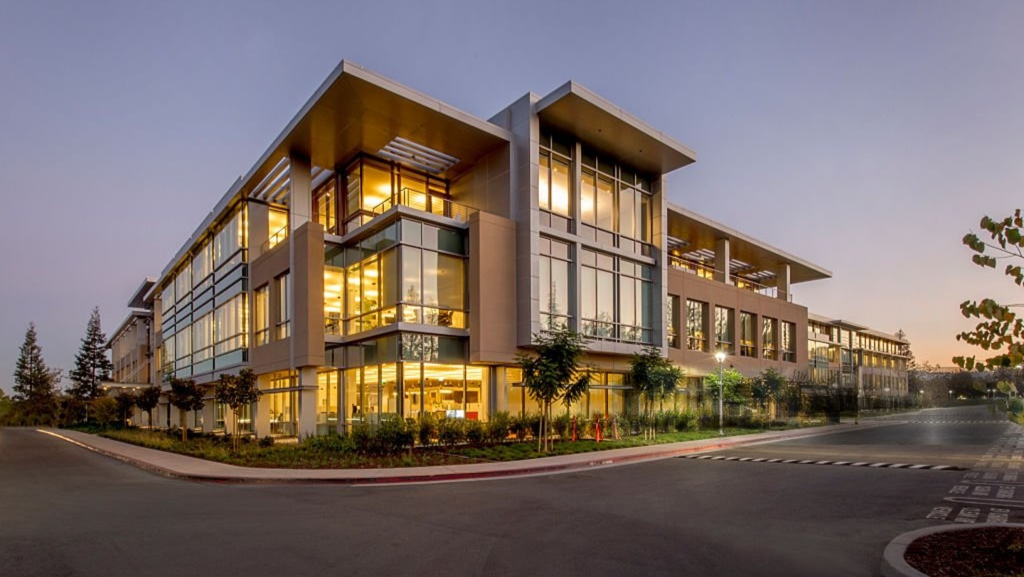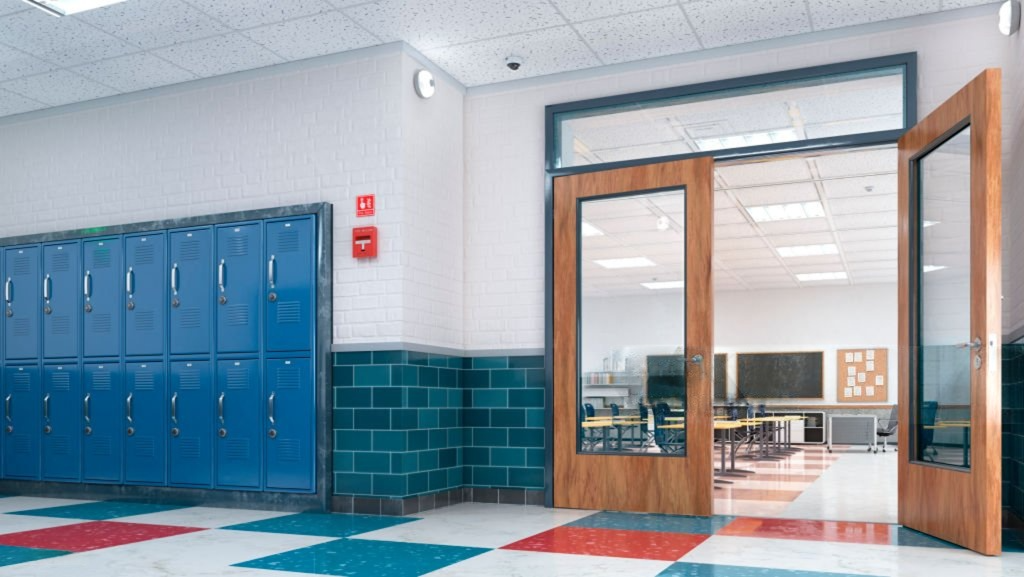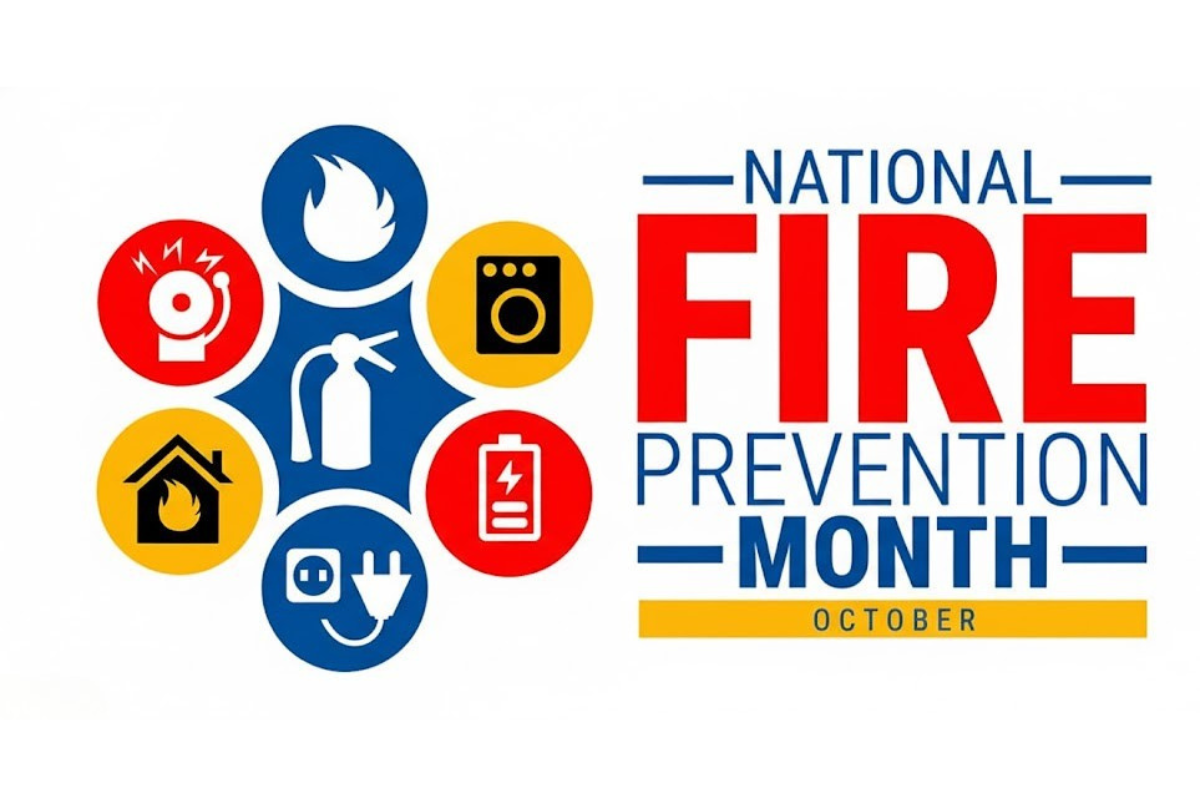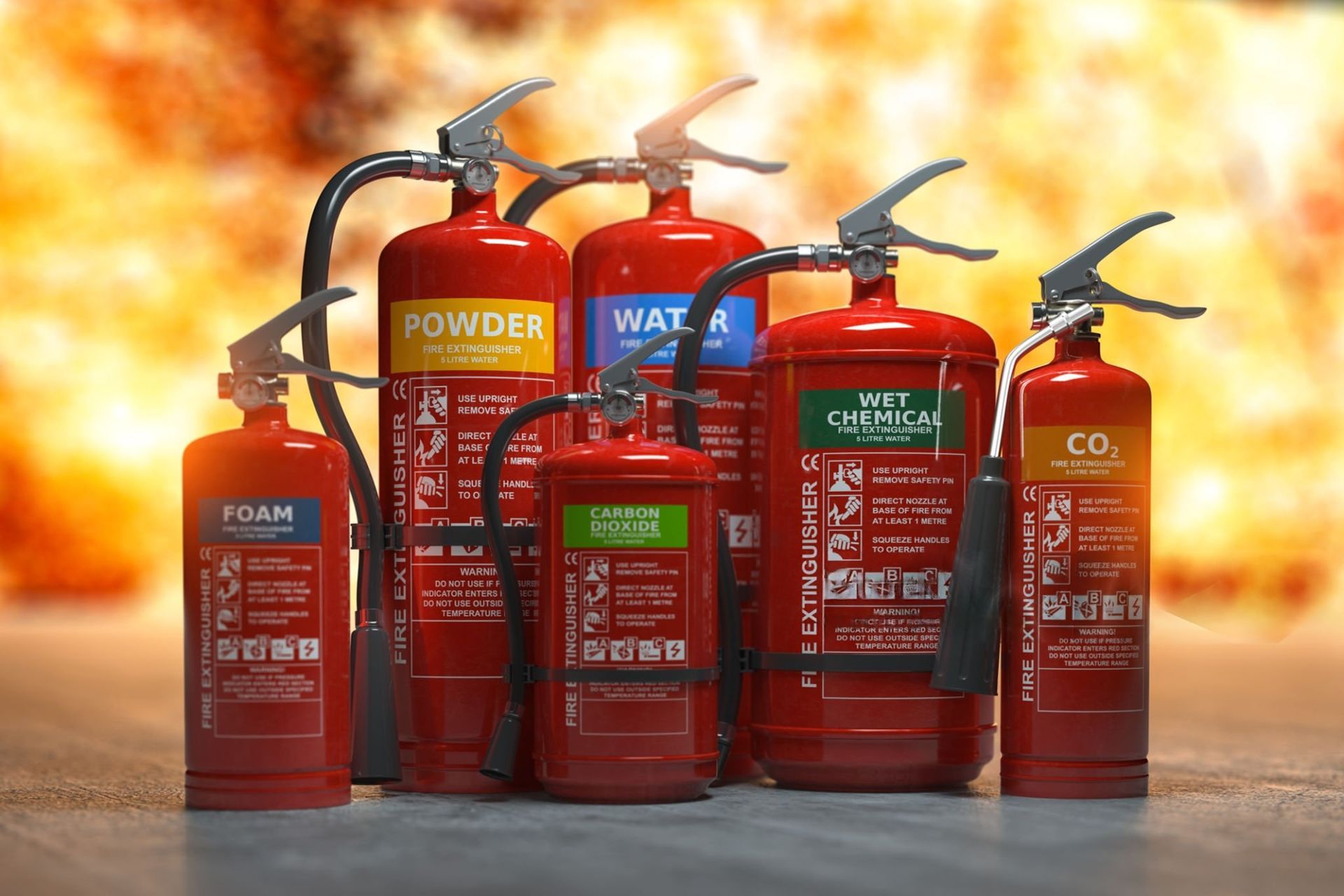Fire Safety Regulations & Compliance Requirements for Santa Ana Commercial Properties
Fire safety compliance is essential for all commercial properties in Santa Ana and especially critical for property managers, compliance officers, and building owners responsible for maintaining safe, operable facilities.
This article outlines the key fire codes, local regulations, and NFPA standards that must be followed. It also highlights the risks of non-compliance such as fines, permit suspensions, and legal or insurance issues underscoring why staying informed and compliant is vital for protecting lives, property, and business operations.
Mandatory Fire Safety Compliance Requirements
Santa Ana Fire Code Obligations
- Resolution 2022-097 compliance: All commercial properties must adhere to Santa Ana's local fire code modifications
- OCFA jurisdiction requirements: Properties fall under Orange County Fire Authority oversight and inspection protocols
- California Fire Code adoption: Must comply with 2022 California Fire Code with local amendments
- Annual fire safety inspections: Required for all commercial buildings to maintain occupancy permits
- Fire safety plan submissions: Mandatory documentation for buildings over 5,000 square feet
Building Size and Occupancy Triggers
- 5,000+ square foot buildings: Automatic fire sprinkler system installation required regardless of occupancy type
- Two-story commercial buildings: Fire protection system mandatory even if under 5,000 square feet
- Mercantile occupancies: Sprinkler protection required for all retail spaces regardless of size
- Assembly occupancies: Enhanced fire safety systems required for buildings accommodating 50+ people
- High-hazard occupancies: Specialized fire suppression systems based on materials stored or processes conducted
NFPA Standards Compliance
- NFPA 13 compliance: Standard for installation of sprinkler systems in commercial buildings
- NFPA 25 requirements: Inspection, testing, and maintenance of water-based fire protection systems
- NFPA 72 obligations: National Fire Alarm and Signaling Code compliance for fire alarm systems
- NFPA 101 adherence: Life Safety Code requirements for egress, occupancy limits, and fire safety
- NFPA 1 adoption: Fire Code requirements for fire prevention and fire protection measures
2024-2025 Regulatory Updates
- Enhanced wildfire protection: New requirements for buildings in wildland-urban interface zones
- Smart fire detection: Mandatory automated detection systems for new installations starting January 2026
- Improved water supply standards: Increased flow and pressure requirements for fire sprinkler systems
- Energy code integration: Fire safety systems must comply with Title 24 energy efficiency standards
- Seismic resilience: Enhanced earthquake safety requirements for fire protection infrastructure
Water Supply and Pressure Requirements
- Minimum flow rates: 500-1,500 GPM depending on building size and fire protection system design
- Residual pressure standards: 20 PSI minimum at highest sprinkler head during maximum flow
- Fire pump requirements: Mandatory when municipal supply insufficient for fire suppression needs
- Water storage obligations: On-site storage required for properties with inadequate municipal supply
- Backflow prevention: Required devices to protect municipal water supply from contamination
Fire Alarm and Detection Compliance
- Smoke detection systems: Required in all commercial buildings with automatic sprinkler protection
- Manual fire alarm boxes: Mandatory near exits and throughout large commercial spaces
- Voice evacuation systems: Required in buildings over three stories or high-occupancy spaces
- Emergency communication: Integration with local emergency services for automatic notification
- Monitoring requirements: 24/7 professional monitoring for fire alarm systems in most commercial properties
Inspection and Testing Obligations
- Monthly fire extinguisher checks: Visual inspections required with documented maintenance records
- Quarterly sprinkler system testing: Flow tests and alarm verification for fire protection systems • Annual comprehensive inspections: Full system testing including fire pumps and suppression systems
- Five-year internal pipe inspections: Required for fire sprinkler systems to ensure proper operation
- Documentation requirements: Detailed records of all testing, maintenance, and repairs must be maintained
Emergency Preparedness Requirements
- Fire evacuation plans: Written procedures required for all commercial occupancies
- Employee training programs: Regular fire safety education and evacuation drill requirements
- Emergency contact systems: Procedures for notifying fire department and building occupants
- Accessibility compliance: Fire safety measures must accommodate disabled individuals
- Coordination with authorities: Regular communication with OCFA for emergency planning
Permit and Documentation Requirements
- Fire protection permits: Required for installation, modification, or repair of fire safety systems
- Plan review submissions: Detailed drawings and specifications must be approved before installation
- Certificate of occupancy: Fire safety compliance verification required before building occupancy
- Maintenance agreements: Professional service contracts required for complex fire protection systems
- Record keeping obligations: Five-year retention of all fire safety inspection and maintenance records
How Fire Testing Solutions Ensures Compliance
- NICET certification: Technicians qualified to design and install compliant fire protection systems
- Code expertise: Current knowledge of Santa Ana fire safety regulations and NFPA standards
- Permit assistance: Complete permit application and plan review coordination services
- Inspection support: Preparation for OCFA inspections and compliance verification
- Documentation services: Comprehensive record keeping and maintenance scheduling
- 24/7 monitoring: Professional oversight ensuring continuous fire safety compliance
- Emergency response: Immediate service for system failures or compliance issues
- Training programs: Staff education on fire safety procedures and regulatory requirements
Penalties for Non-Compliance
- Occupancy permit suspension: Buildings may be closed for fire safety violations
- Daily fines: $100-1,000 per day for continued non-compliance with fire code requirements Insurance implications: Coverage may be denied for properties not meeting fire protection standards
- Legal liability: Property owners face increased exposure for fire-related injuries or damages
- Business disruption: Operations may be halted until fire safety compliance is achieved
Staying Current with Regulations
- Regular code updates: Fire safety regulations change frequently requiring ongoing compliance monitoring
- Professional consultation: Fire Testing Solutions provides current regulatory guidance and updates
- Industry training: Continuing education on fire protection standards and compliance requirements
- Inspection preparation: Proactive system maintenance and documentation review before official inspections
Contact Fire Testing Solutions at 866-757-8378 for comprehensive fire safety compliance assessment and regulatory guidance for your Santa Ana commercial property.










